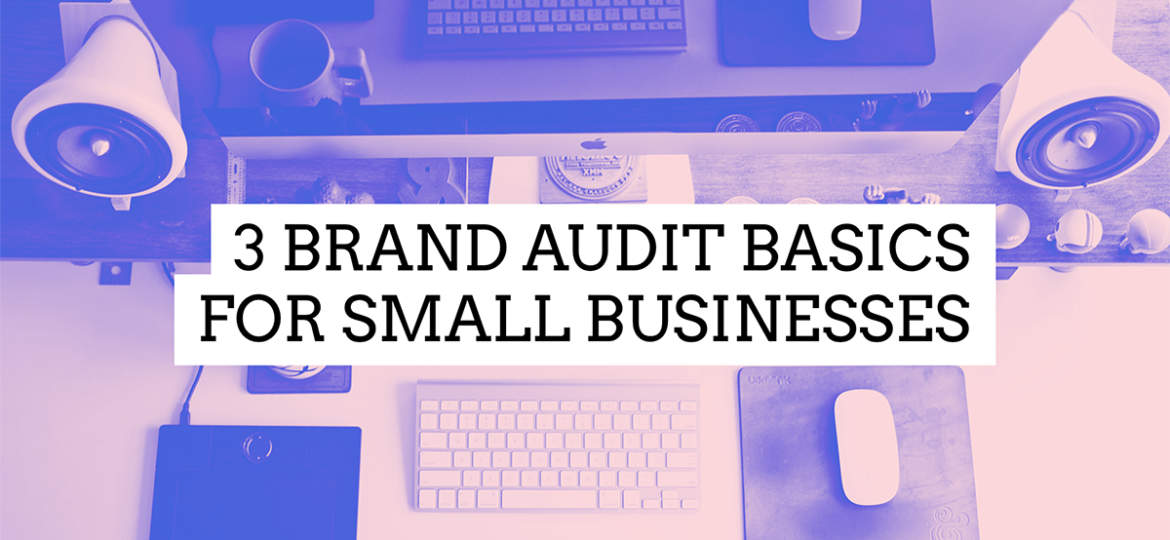
Before we dive into brand audit basics for small businesses, we must first define what we mean by “brand.” Neil Patel may have summarized it best when he wrote, “The only way you can survive and stand out from your competitors is through ‘differentiation.’ And what is it that differentiates your business from others? Brand!”
Your business “brand” is its face, personality, fingerprint/footprint, tone of voice, relationship to others, USP (unique selling proposition; or, unique selling point), color, design, employee culture, history, ethics & values, position in the market — your business “brand” is greater than the sum of its parts.
At our St Pete ad agency, we always encourage clients (and prospective clients) to think about their brand as if it were a person. We encourage them to define, in detail, who their brand is.
If your brand were a person:
- Is it more female/feminine or male/masculine? Or androgynous/both? What percentage of each?
- What “generation” does it belong to? What is its age range?
- What is its socioeconomic status/income?
- How does it spend money (e.g., entertainment, travel, on specific material goods, etc.)?
- What is its “voice” (e.g., serious and fact-oriented, youthful, energetic, dry wit, etc.)?
- What are three words (adjectives) that describe your brand?
- What color(s) is your brand?
- What kind of clothes does your brand wear?
- What are your brand’s political views?
- What are three activities that your brand likes to do (e.g., bicycling, shopping, painting, etc.)?
By considering these questions, you’ll gain a deeper understanding of your brand’s nuances. The answers to these questions can also help you build out “buyer personas.” By implementing buyer personas, you can target your advertising & marketing messages more effectively.
Okay, now that we’re all on the same virtual page, let’s get into three brand audit basics for small businesses.
KNOW YOUR ROLE.
If you don’t understand your brand, how can you expect customers to? This understanding spans beyond mere comprehension of the goods and/or services your business offers; it’s a holistic understanding. It’s understanding the individual parts, themselves, but also understanding the whole brand and what it represents. Self-awareness is key.
Things to consider:
- Have you established brand guidelines? These are rules which allow/prohibit specific brand/logo usage.
- How consistent is your brand’s communication? Do you use the same “tone” throughout all messaging?
- What is your target audience’s demographics? Is your brand “speaking” to these people effectively?
- What is your brand’s mission statement? Do your strategic business objectives support this mission?
- What are the current strategies you use to accomplish these objectives/goals?
BE CONSISTENT. B-E- CONSISTENT.

It was a bait & switch. Your heart sinks. You’ll never trust again.
—SCENE—
Okay, so maybe it won’t be that traumatic. Either way, inconsistency can kill a relationship before it has even begun. Your brand needs to tell a consistent story, no matter the medium. Consistency encompasses everything from the formatting of your business address, to the font size of sales sheet copy, to the bios in your social media profiles. How can potential clients or partners expect you to put your best foot forward for them if you’re not doing it for yourself?
DON’T DISS DATA.

Qualitative data includes:
- Product/service surveys
- Via email
- Embedded in blog post on your site
- In-house “comment cards,” etc.
- Word of mouth & customer service feedback
- Interviews & testimonials
- Reader/user comments
- On website
- On social media
- Focus groups
Quantitative data includes:
- Google Analytics for business website
- Bounce rate
- Traffic sources
- Conversions, etc.
- Social media analytics
- Fans/follower count
- Engagement rate
- Click-through rate, etc.
- Sales reports
If this seems daunting to you, it’s because it is. Conducting an effective brand audit is typically a sizable undertaking that many small business owners aren’t equipped to do. Further, many of these small business owners become paralyzed by the fear and anxiety of not knowing what to do, not knowing what they’re going to discover and/or discovering something unfavorable. Because of this, brand audits often get placed on the back burner … indefinitely.
Brands are shaped by their audiences’ perceptions and experiences, and so a deep dive into the mindset of your key brand stakeholders is critical in identifying any gaps that exist between your current and desired brand perception. — Substance151
Enter the pros. It’s time to take the brand audit off of your stove and put it into capable hands. Using your audit results, branding professionals like Media Garage Group can create a plan of action that targets specific facets of your business. Perhaps your brand audit data suggests that your local social media strategy isn’t engaging your target audience enough; or your billboards are attracting the wrong type of client — whatever the issue, we can get to the bottom of it. Even if it’s a Papyrus situation.
Contact us today to get started.










